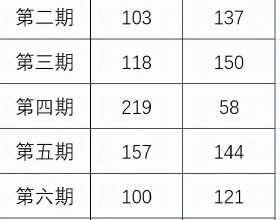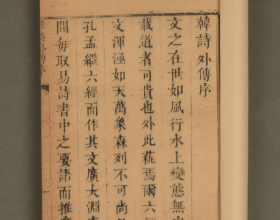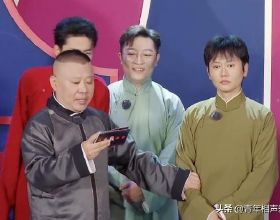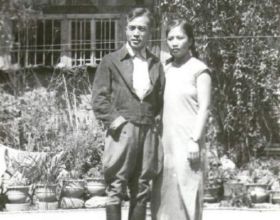Comma(,)是我們在寫作中最常用的標點符號之一,然而,即使是專業的英語寫作者,也不能完全確定是否正確使用了comma。
今天王老師就一起來帶大家看一看關於“,”的使用吧~
明確概念
在正式開始之前,我們需要明確非獨立子句(dependent clause)和獨立子句(independent clause)的概念與不同。是否使用comma,與這兩個概念密不可分。
獨立子句
獨立子句(independent clause)指的是一組可以單獨組成一個句子的詞,它包含一個主語和一個動詞,傳達出一個完整的意思。比如:
The kitten was cute.小貓很可愛。
非獨立子句
非獨立子句(dependent clause)也包含主語和動詞,但是並不能表達一個完整的意思,而且通常以連詞或者介詞(after, as, before, if, since, that, though, unless, until, when, while等)開始,比如:
After I visited the animal shelter 在我參觀了動物收容所以後
很顯然,上述句子並沒有表達完整,所以這是一個非獨立子句。
comma的使用
那麼,comma的使用和這兩種句子有什麼關係呢?
逗號是否可用來結尾
受中文習慣影響,我們在寫作時常常一“逗”到底。但是在英文當中,獨立子句作為一個單獨的句子,是不能以逗號來結尾的,比如:
The kitten was cute, I wanted to take it home with me. (x)
That's absolutely fine, thanks for the holding email!(x)
“小貓很可愛”以及“我想帶它回家”分別含有主語和動詞,也表達出了完整的意思,所以,句子的正確形式應為:
The kitten was cute. I wanted to take it home with me.
That's absolutely fine. Thanks for the holding email!
避免使用錯誤的辦法
除了以上這種,將句子用句號隔開,視為單獨的兩個句子之外,我們還可以使用以下方法,避免習慣性錯誤使用comma的解決方案:
(1)當前後兩個句子邏輯關係比較明顯時,可以使用連線詞(and, but, as, because, so...)連線兩個句子:
The kitten was cute and I wanted to take it home with me.
The kitten was cute so I wanted to take it home with me.
That's absolutely fine and thanks for the holding email!
(2)當兩個句子沒有較為明顯的邏輯關係,且前後相互平衡時時,可以使用semicolon(;)將句子隔開:
That's absolutely fine; thanks for the holding email!
(3)colon(:)也可以用來分割兩個獨立子句,特別是當後一句對前一句起到進一步解釋說明的作用時:
The kitten was cute: it has a fluffy head and small claws.
【限時免費】領取KET/PET【線上互動】試學課程
* 真人線上互動授課。
*精品小班制,全方位兼顧每一名學員。
*劍橋官方教材+內部教材,直擊考點。
*強化弱項,鞏固優勢,因材施教。

















